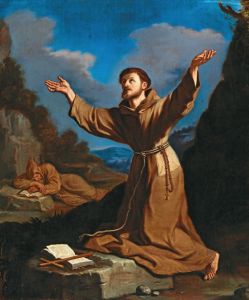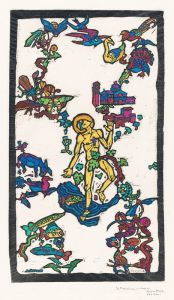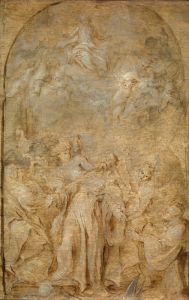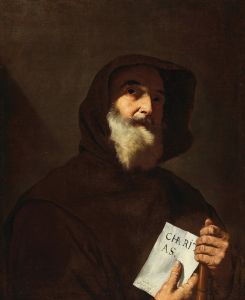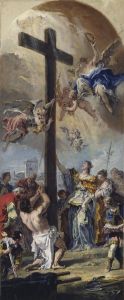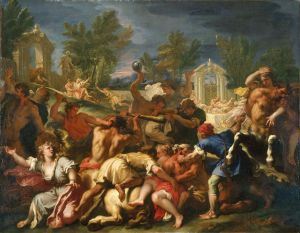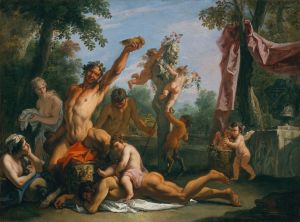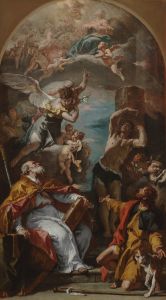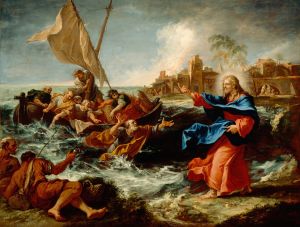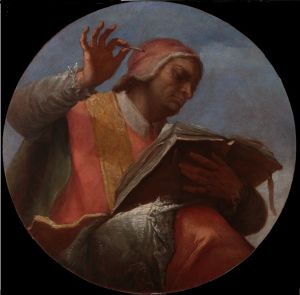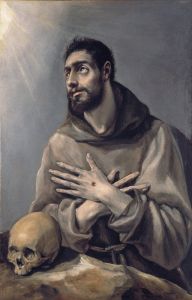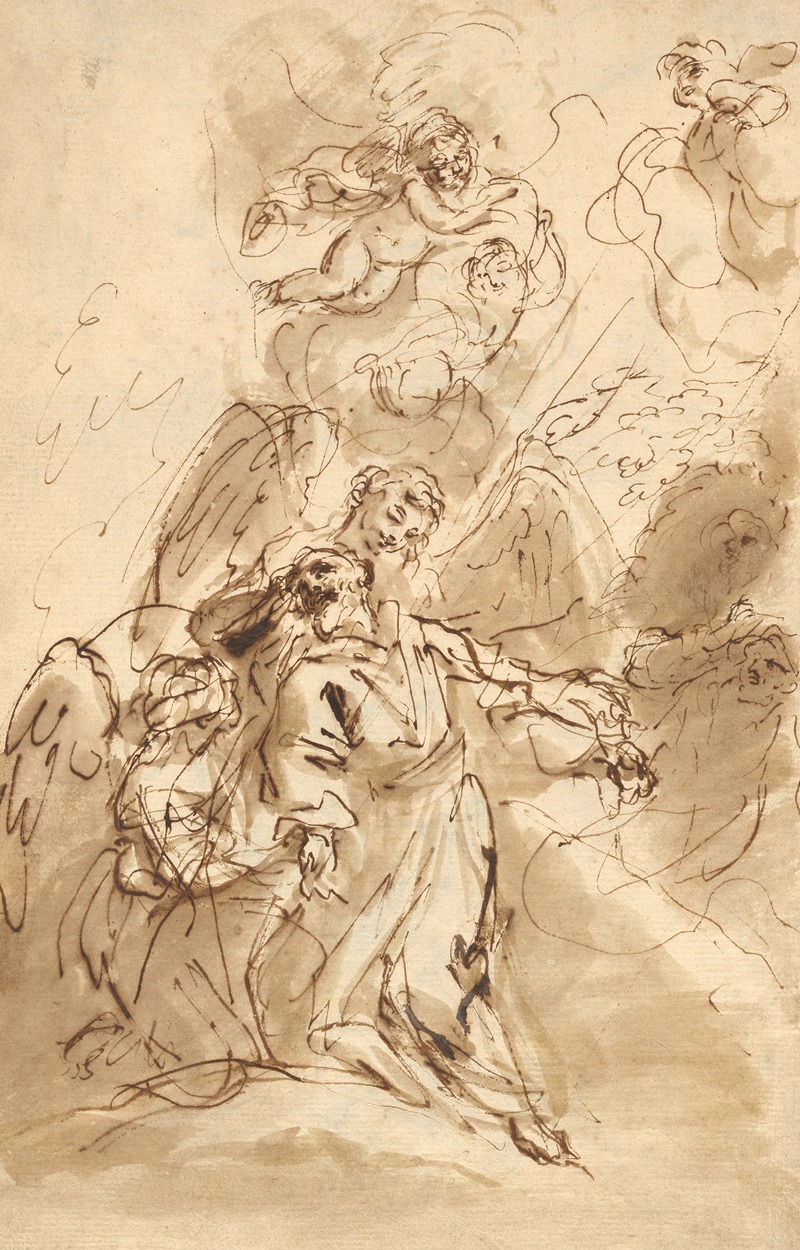
The Ecstasy of Saint Francis
A hand-painted replica of Sebastiano Ricci’s masterpiece The Ecstasy of Saint Francis, meticulously crafted by professional artists to capture the true essence of the original. Each piece is created with museum-quality canvas and rare mineral pigments, carefully painted by experienced artists with delicate brushstrokes and rich, layered colors to perfectly recreate the texture of the original artwork. Unlike machine-printed reproductions, this hand-painted version brings the painting to life, infused with the artist’s emotions and skill in every stroke. Whether for personal collection or home decoration, it instantly elevates the artistic atmosphere of any space.
Sebastiano Ricci's The Ecstasy of Saint Francis is a Baroque painting that exemplifies the artist's dynamic style and his ability to convey religious fervor through dramatic composition and vivid color. Created during the late 17th or early 18th century, the painting reflects Ricci's mastery of the Venetian tradition, which emphasized luminous color palettes and fluid brushwork.
The artwork depicts Saint Francis of Assisi in a moment of spiritual ecstasy, a common theme in Baroque religious art. Saint Francis, the founder of the Franciscan Order, is shown experiencing a divine vision or moment of intense connection with God. In the painting, he is often portrayed with his characteristic brown habit, the stigmata on his hands, and a serene yet enraptured expression, emphasizing his humility and devotion. The composition typically includes celestial elements, such as angels or divine light, to signify the saint's connection to the divine.
Sebastiano Ricci (1659–1734) was an Italian painter known for his contributions to the late Baroque and early Rococo styles. Born in Belluno, Ricci worked in various cities across Italy, including Venice, Bologna, and Florence, as well as abroad in England and France. His work often combined the grandeur and drama of the Baroque with the lighter, more decorative qualities of the Rococo. Ricci's ability to blend these styles made him a sought-after artist for both religious and secular commissions.
While the exact date of The Ecstasy of Saint Francis is not definitively documented, it is consistent with Ricci's mature period, during which he produced numerous religious works for churches and private patrons. The painting demonstrates his skill in creating dynamic compositions that draw the viewer's eye toward the central figure, often framed by dramatic contrasts of light and shadow. This use of chiaroscuro enhances the emotional intensity of the scene, a hallmark of Baroque art.
The painting is housed in the Indianapolis Museum of Art in Indianapolis, Indiana, where it is part of the museum's European painting collection. It serves as an example of Ricci's ability to convey spiritual themes with both emotional depth and artistic elegance. The work continues to be appreciated for its technical mastery and its role in illustrating the transition from the Baroque to the Rococo period in European art.
This concise overview is based on available historical records and established scholarship about Sebastiano Ricci and his works.





